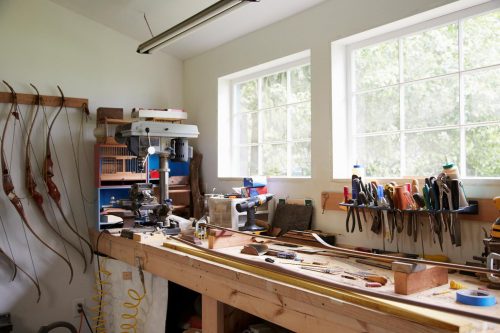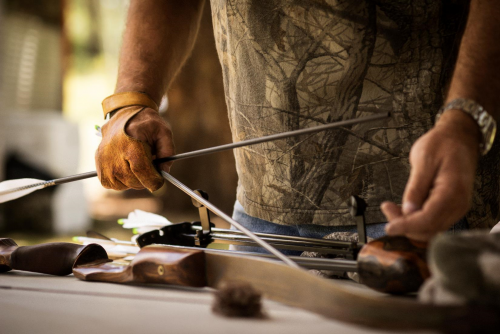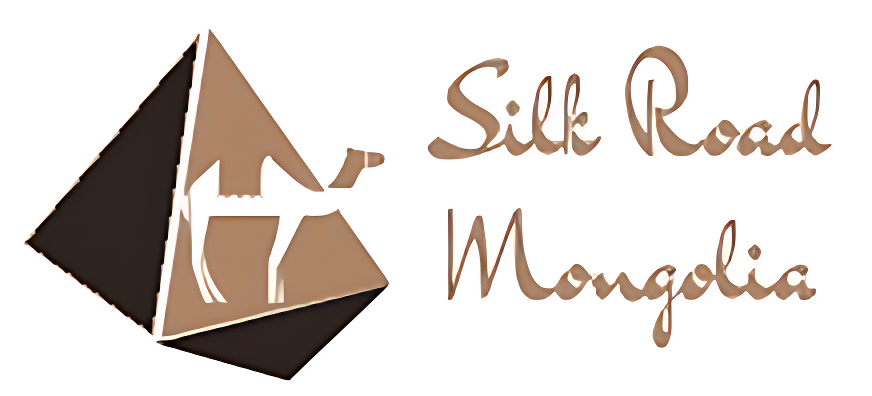Blog
What is The Usual Length of Mongolian Bows?
If you are in the market for a new compound bow, it’s a good idea to look at the different bow lengths available. Of course, the most common of these is the true archery bow or compound bow. The string needs to be right as well in case you snap your strings. These are normally used by people for hunting since they are easy to carry and shoot. The name “compound” is derived from the fact that the limbs are constructed of a strip of wood glued and screwed together. This is the typical shape, and the term Mongolian refers to the wooden bows that were popular in England in the eighteenth century.
A Mongolian bow is made to be very stiff so that the archer has to exert some force when pulling back on the string. The added length and weight of a Mongolian bow make it more difficult to draw than an ordinary bow. In fact, the draw length on a Mongolian can be much longer than the actual draw length on an ordinary bow. Compounds generally have a draw length that is three times longer than their bow length.

The limbs of a Mongolian bow are constructed out of wood. It is difficult to find draw-length limbs on antique bows since they were rarely used for hunting since the longer limbs would not be practical. Most limbs on an antique bow are around eight to ten inches long. This makes them easy to handle and to use for long distances.
The cams of a Mongolian bow are similar to those on an ordinary bow, but rather than being fixed to the bow, they are mounted on a sprocket. The advantage of cam limbs is that they increase the bow’s stability. They also increase the arrow’s accuracy. The cam system is what allows a Mongolian to release an arrow at a target with a full draw force, as opposed to an arrow that has a draw length that is shorter. A cam system, if properly adjusted, should be able to provide a draw length that is one-half of an inch longer than the actual draw length on an arrow.
Other differences between a traditional bow and a Mongolian include the arbor and groove system of the latter. The arbor, or cams, are often seen in older bows, while newer bows have no cams whatsoever. The groove, or slots, are found on modern bows. The reason for this is to help with stabilizing the limbs when they are releasing an arrow.

The limb, or grip, on a traditional bow, is made up of a strip of wood that attaches the limb to the rest of the bow. Modern bows have Mongolian limbs attached to the grips instead. Their grips differ in that some newer bows have grooves instead of cams, and others still have cams. This allows for an easier release of the limbs from the bows.
There are several other differences as well. The draw length, the mooring, and the arbor are all different between the two bows. The draw length is the distance between the axle and the string, while the Mongolian uses the same number of limbs per draw length, but allows for a draw length that is less than half an inch.
The Mongolian is known to be more stable than other types of traditional bows. However, this can also make it more difficult to release the bow. Draws are also longer, and the limbs must be arbor-shaped, rather than straight. Overall, it seems that the draw length of the traditional bow is more suited to hunters and longer shots, while the Mongolian is best for intermediate and long shots. Also, while the cams on traditional bows allow for a longer release and more stability, the Mongolian allows for more flexibility.
Visit our online store if you are interested at https://silkroadmongolia.com/bows/
